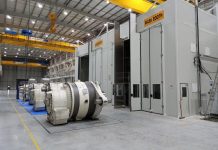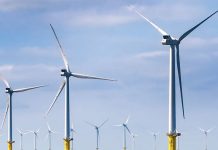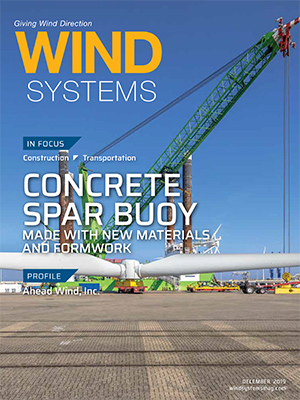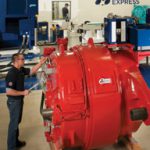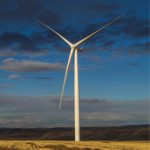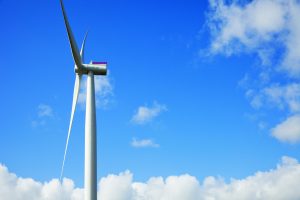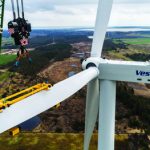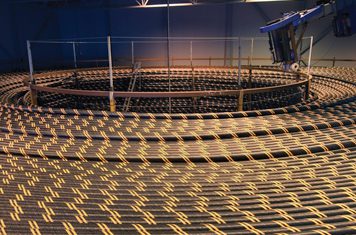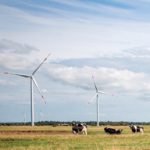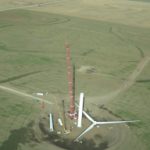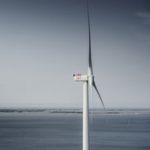After several years of steady decline in onshore wind turbine prices globally, projects that are expected to be completed in 2021 — 22 are set to drive some modest price increases into the global market.
The global market has seen a weighted average 6.41 percent per year reduction in prices over the past five-year period, but IntelStor’s Wind Turbine Price Index indicates the weighted average wind turbine price will increase 1.7 percent in 2020 to $1.11 million per MW and another 3.15 percent in 2021 to $1.15 million per MW.
There is the potential for another increase of 10 percent leading toward 2022, but many projects that are scheduled for completion that year have yet to be confirmed and reach their final investment decision.
These increases are a result of a combination of factors including some commodity cost increases, tariffs on some major components such as permanent magnets and wind-turbine towers, as well as a perceived reduction in the number of wind-turbine suppliers as Senvion’s likely market exit looms.
Globally, the cost of towers is seeing an increase weighed down by import tariffs in the United States from several Asian countries. Additionally, permanent magnet costs have increased recently thanks to China withholding some supply to western markets as part of the ongoing trade dispute with the United States.
The Americas region will see some of the lowest prices globally, bottoming out at just more than $550,000 per MW in Brazil for a few projects. Contrary to popular belief, the Asia Pacific region will not be the lowest prices in the world, but they will see prices ranging mainly from $1 million per MW to $1.68 million per MW with a few outliers.
Africa and the Middle Eastern region will see some reductions from years past with the bulk of their projects coming in at $1 million per MW to $1.25 million per MW. Europe will remain soft compared to the rest of the world with most onshore wind farm project sites at between $750,000 per MW up to $1.1 million per MW.
Companies that have a lower overall turbine price and more margin flexibility relative to their bill of materials cost are able to build projects further away from load centers where wind resource may be better. The extra cost is absorbed in the transmission and distribution system to evacuate the power to the load centers.
New transmission capacity is being installed in 77 active wind-energy markets around the world within the next five years, which should make project CapEx costs and the corresponding turbine prices gain more bang for their bucks. Additional power evacuation capacity provides price stability by ensuring there is sufficient interconnection available for projects. This means more of the project CapEx allocation can go to turbine price as well as OpEx costs.
Nevertheless, some wind turbine OEMs are still using a lower turbine price as leverage in their commercial negotiations to obtain more favorable rates on their long-term service contracts.
MORE INFO www.intelstor.com

















